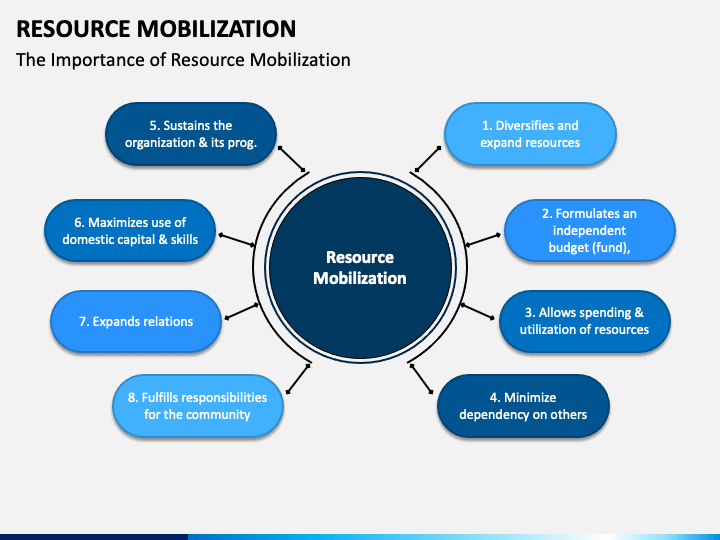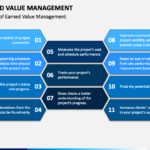In today’s fast-paced world, the significance of efficiently managing emergencies and critical situations cannot be overstressed.
Mobilization is a cornerstone of resource management, ensuring the successful activation and deployment of personnel and resources. It requires expertise in social-organizational capabilities, precise planning strategies, and impeccable interdepartmental coordination to maximize effectiveness.
To ensure a successful mobilization effort, there must be an appreciation of how funds should be deployed to maximize impact while also preserving financial security.
Exploring the idea of mobilization can help us be better prepared to face any changes that come our way. It helps us use our resources in the best way possible so we are ready for anything.
How Mobilization Resource Management Task Deploys or Activates Personnel and Resources?
Mobilization Resource Management (MRM) is a critical component in streamlining the allocation and activation of resources and personnel in times of need.
This comprehensive process leverages advanced planning strategies, systematic approaches, and real-time data analytics to seamlessly deploy various assets, such as emergency responders, medical supplies, equipment, and communications infrastructure.
Here are more details on how mobilization resource management works:
Planning and Preparation Phase
Mobilization resource management during the planning and preparation phase involves a comprehensive evaluation and organization of available resources. This includes identifying potential hazards, assessing personnel and equipment capacity, and formulating detailed emergency response plans.
Mobilization must allocate resources effectively to ensure teams are well-equipped to handle various crises. They should also conduct regular drills and training sessions to maintain the readiness and competence of all involved personnel.
Activation Phase
In the activation phase, efficient mobilization resource management ensures prompt and proper emergency response. Mobilization must quickly notify essential personnel and resources and communicate the nature of the emergency to key stakeholders.
Mobilization efforts may include assembling teams, deploying equipment and supplies, and coordinating transportation to the affected area.
Resource managers must also establish clear communication channels and adhere to applicable regulations, protocols, and safety measures during the emergency response process.
Personnel Deployment
The success of the personnel deployment phase highly depends on effective mobilization resource management. Mobilization must ensure that medical personnel, emergency responders, and support staff are activated and dispatched to crisis sites as needed.
This may involve tracking the availability and location of personnel, coordinating their schedules, and implementing rotation plans to prevent burnout.
Moreover, resource mobilization should prioritize the allocation of essential equipment, supplies, and transportation to ensure the safety and effectiveness of the deployed teams.
Clear communication and efficient logistics are crucial in this phase to promote seamless operations and timely response to emergencies.
Resource Allocation and Prioritization
Mobilization resource management involves the systematic analysis, identification, and allocation of available resources to optimize their use in emergencies.
In resource allocation and prioritization, decision-makers must identify critical needs and prioritize the distribution of resources based on urgency, impact, and efficiency.
This may involve choosing between immediate life-saving actions and longer-term infrastructure repairs or focusing on areas with higher population density to maximize the number of beneficiaries.
Effective prioritization ensures that resources are allocated and respond rapidly to crucial and time-sensitive emergencies.
Communication and Coordination
Establishing and maintaining open communication channels between all involved parties, such as government agencies, emergency responders, medical personnel, and support staff, is paramount.
By successfully implementing such systems, information can be transmitted accurately, fostering effective team coordination and expediting critical decision-making processes.
Proper synchronization between various stakeholders translates to well-orchestrated responses that save lives and mitigate damages, ultimately enhancing the overall effectiveness of emergency management efforts.
The significance of efficient communication and coordination in resource management cannot be overstated, as they are instrumental in achieving the desired outcomes in challenging circumstances.
Logistical Support
Managing resources during mobilization requires robust logistical support to transport personnel, equipment, and supplies to the affected area.
This involves coordinating the transportation of resources by land, air, or sea and organizing supply chains to ensure that resources reach their destination promptly and efficiently.
Logistical support also includes providing the deployed personnel accommodations, food, and other essentials. Adequate logistical support can significantly enhance emergency response teams’ overall capability and efficiency, ensuring they are well-equipped and ready to assist in crises.
Continuous Monitoring and Evaluation
To ensure effective mobilization resource management, continuous monitoring and evaluation of the ongoing emergency response initiatives are crucial. This involves assessing the performance of deployed personnel, equipment, and resources and identifying areas for improvement.
Real-time data gathering and analysis help emergency management teams to adapt their strategies as needed, maximize resource utilization, and maintain the overall effectiveness of the response efforts.
By consistently evaluating response initiatives, decision-makers can make informed choices to refine deployment plans, adjust resource allocation, and strive for optimal outcomes in crisis situations.
Demobilization and Recovery
Once the emergency situation has stabilized, the focus shifts to demobilization and recovery. This includes the systematic withdrawal of personnel and resources and the return of borrowed equipment to the rightful owners.
Adequate planning and coordination are required during demobilization to ensure that resources are accounted for and appropriately managed. Also, the recovery phase involves continued resource management, including clean-up, debris removal, and resources for rebuilding infrastructure.
This way, effective mobilization resource management supports communities’ journey toward recovery and resilience.
Feedback
Collecting feedback from personnel and resources involved in the emergency response enables organizations to gain valuable insights into what worked well and areas that need improvement.
This information can refine plans, procedures, and training programs, ultimately enhancing the MRMT process for future emergency responses.
These are some key aspects of mobilization resource management tasks that deploy or activate personnel and resources during emergencies. By leveraging the right strategies, tools, and technologies, organizations can maximize efficiency and effectively respond to crises.
Unlocking the Power of Efficient Mobilization Resource Management
As we have seen throughout this blog post, the mobilization of personnel and resources is vital to effective resource management. From emergency response operations to large-scale logistical undertakings, having well-coordinated and robust mobilization strategies significantly affects overall outcomes.
By fostering collaboration among different organizations and agencies, employing clear communication protocols, and being prepared to adapt to unforeseen challenges, organizations can make their mobilization efforts genuinely impactful.
In a world where every second counts, whether in saving lives or executing complex projects, understanding and implementing best practices in mobilization is, without a doubt, of utmost importance.




